Hello everyone, I am Xiaozhao Jun, and today we will talk about the Internet of Vehicles.
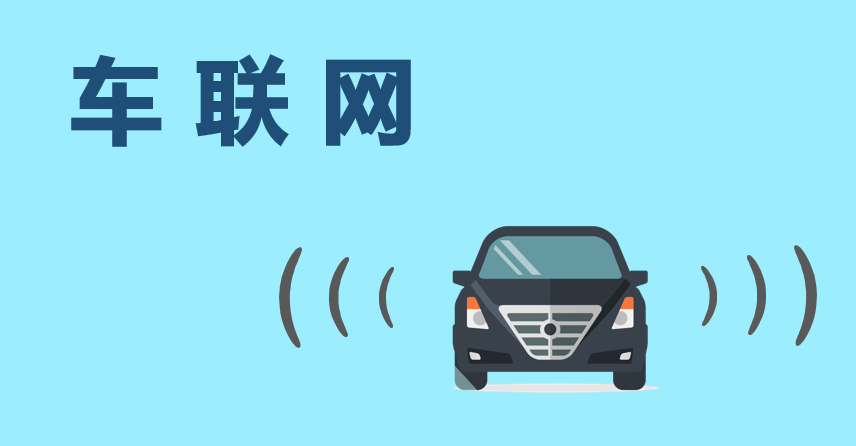
When it comes to the Internet of Vehicles, I believe everyone is familiar with it. Nowadays, whether it is car manufacturers, dealers, or internet companies like Alibaba and Tencent, they often mention it.
Simply put, the Internet of Vehicles is a network that connects cars.
However, on a macro scale, the Internet of Vehicles is actually a very large system. Many people may only understand a small part of the Internet of Vehicles system.
Today, I would like to provide a comprehensive introduction to the Internet of Vehicles, hoping to clarify the related concepts and help everyone understand the Internet of Vehicles in a specific, objective, and rational way.
This article will revolve around the following questions:
1. What exactly is the Internet of Vehicles?
2. What does the Internet of Vehicles include? What kind of architecture does it have?
3. What are the main technologies of the Internet of Vehicles? How have they developed and evolved?
4. What benefits will the Internet of Vehicles bring? How will it affect our lives?
5. What is the relationship between the upcoming 5G and the Internet of Vehicles?
Alright, without further ado, let’s get straight to the point.
What is the Internet of Vehicles
The Internet of Vehicles, in English called IoV (Internet of Vehicles), belongs to a type of Internet of Things (IoT).
Vehicle means vehicles or transportation tools. In the past, when we learned English, we knew that cars are called car, bus, truck, etc. In fact, the term vehicle is used more commonly by foreigners as a general term.
As mentioned earlier, the Internet of Vehicles is a network that connects cars.
In fact, to be precise, the Internet of Vehicles does not just connect cars to each other; it also connects cars to pedestrians, cars to roads, cars to infrastructure (traffic lights, etc.), cars to networks, and cars to the cloud.
This brings up several concepts of the Internet of Vehicles that we often see:
V2V: Vehicle to Vehicle
V2P: Vehicle to Pedestrian
V2R: Vehicle to Road
V2I: Vehicle to Infrastructure
V2N: Vehicle to Network
V2C: Vehicle to Cloud
No matter what V2 it is, they can all be collectively referred to as V2X (X represents everything).
Some students have mistakenly taken one of the above V2 as the Internet of Vehicles, which is inaccurate. In fact, the true Internet of Vehicles is V2X (connecting vehicles to everything).
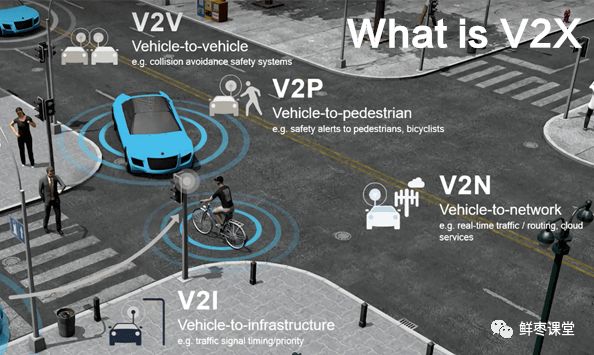
Pre-installed and Aftermarket Internet of Vehicles
Before discussing V2X, let’s first take a look at the vehicle itself, that is, let’s look at the vehicle’s interior.
A car consists of many components, such as air conditioning, audio systems, cameras, engines, tires, etc. These components can all be informatized and digitized. By installing sensors, data expressing their status can be generated. For example, for tires, tire pressure sensors can be installed to generate tire pressure data and monitor the status of the tires.
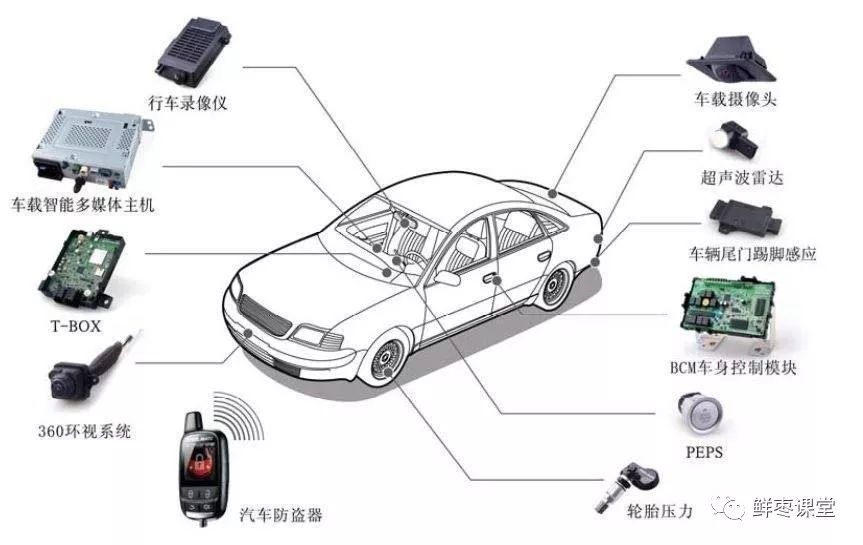
With data, transmission can occur. The data from various components within the car can be transmitted to the vehicle’s “nervous center.” This network can be referred to as the “in-vehicle network”.
For the in-vehicle network, sensor technology is crucial. The sensors here not only collect information from inside the vehicle but also include sensor data from outside the vehicle, such as collision avoidance sensors, cameras that sense changes in the external environment, sensors that monitor road conditions, etc. This sensor data is related to the comfort and safety of the vehicle.
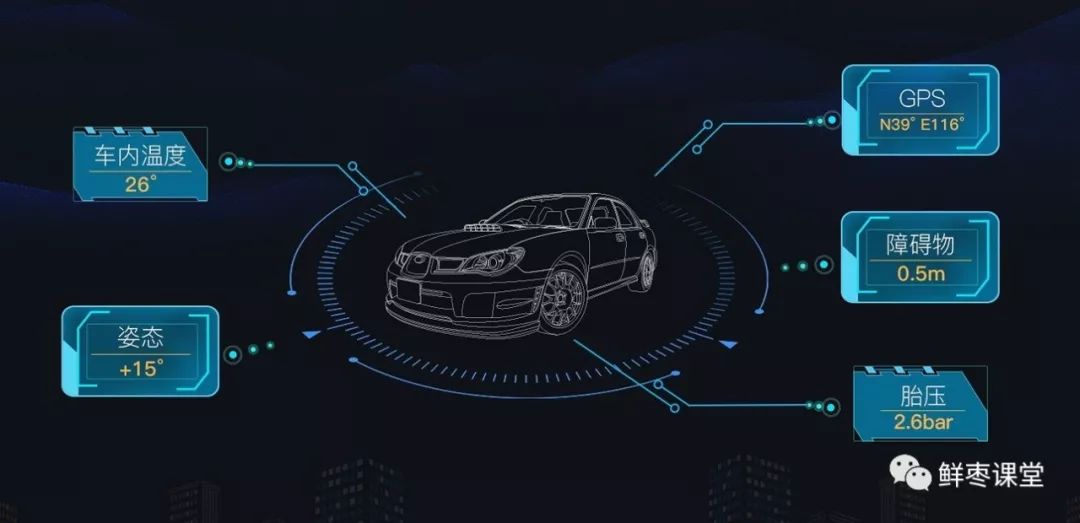
Besides sensors, the more critical component is the “nervous center.”
Generally speaking, car manufacturers prefer to install the Internet of Vehicles devices, which serve as the “nervous center,” during the production of the vehicle, usually referred to as “pre-installed Internet of Vehicles”.
Examples of pre-installed systems include Ford’s SYNC, GM’s OnStar, and domestic brands like SAIC’s inkaNet, Geely’s iNTEC, and Changan’s Incall.
Pre-installed Internet of Vehicles systems generally include four parts: the host, the vehicle-mounted T-BOX, mobile apps, and backend systems.
The T-BOX, or Telematics BOX (Telematics is a combination of Telecommunications and Informatics), is also known as the TCU (Telematics Control Unit). In simple terms, it is a computer (embedded) installed in the car to control and track the vehicle’s status.
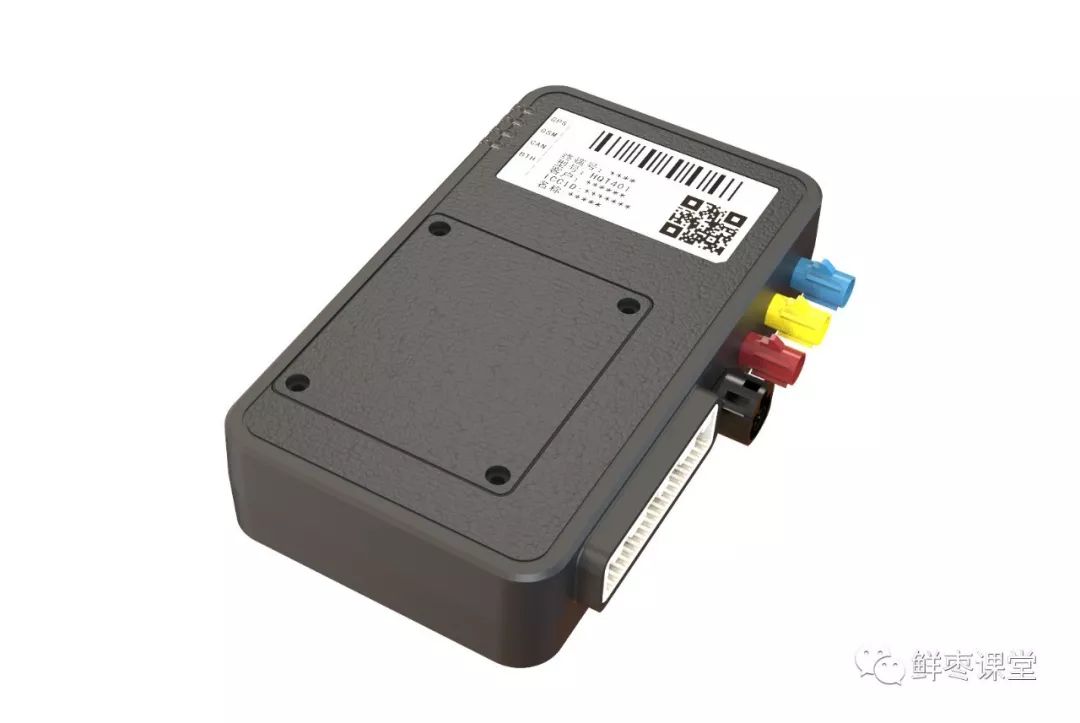
T-BOX
However, internet companies that are not car manufacturers, due to their inability to participate in the early manufacturing stages of vehicles, can only install vehicle-mounted terminals for the Internet of Vehicles through aftermarket methods.
Examples of aftermarket systems include Tencent’s Road Treasure Box. This is a device that is added later to obtain real-time vehicle data through the vehicle’s OBD interface. OBD stands for On-Board Diagnostics.
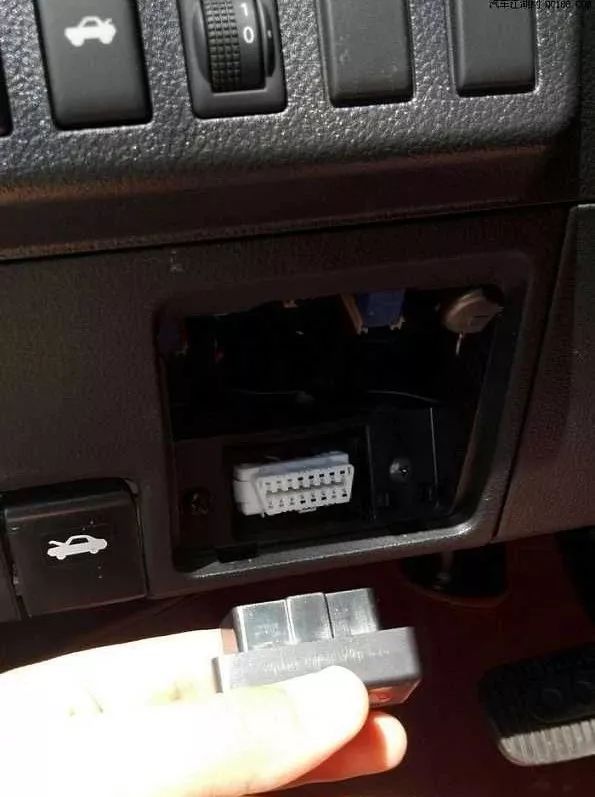
Tencent Road Treasure
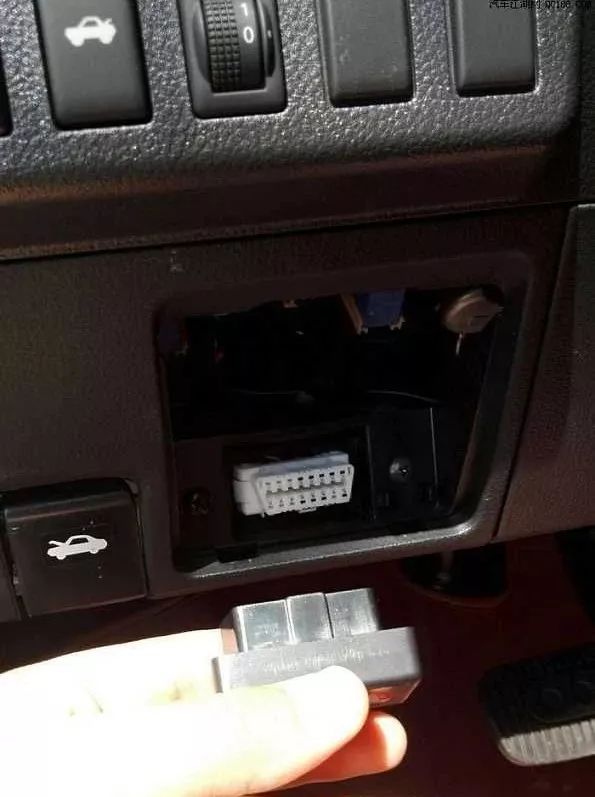
OBD interface on the vehicle
This device obtains data through the OBD interface and then transmits the data to the mobile phone via Bluetooth or other methods.
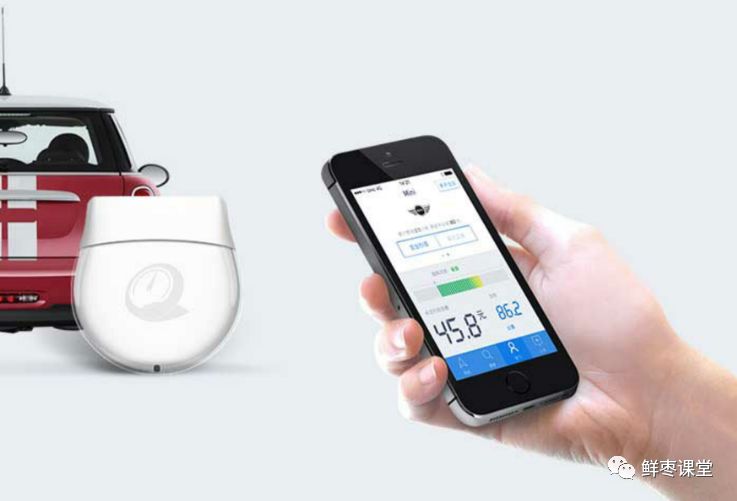
Note that this nervous center, apart from hardware, software is also very important. Therefore, companies like Alibaba have developed vehicle-mounted intelligent operating systems (VOS, Vehicle Operating System) such as YUN OS Auto, which is akin to Android for mobile phones, but designed for vehicles.
In summary, whether it is pre-installed or aftermarket, whether it is hardware or software, it is all about obtaining data, monitoring, and controlling the vehicle.
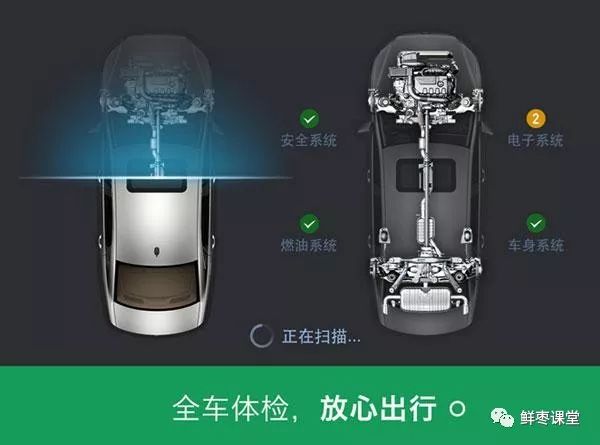
Continuing on.
If the vehicle itself does not have the ability to communicate externally, then the “in-vehicle network” is a local area network, an island.
The vehicle’s “nervous center” can inform the driver of the vehicle’s condition through the dashboard or central control. Alternatively, as mentioned earlier, it can connect to a mobile phone via Bluetooth to transmit the data.
However, this method, regardless of transmission speed, data volume, timeliness, or convenience, is insufficient.
Thus, we need to find ways to enable the vehicle to have sufficient external communication capabilities.
DSRC vs LTE-V
Take note! This part is crucial!
Achieving external communication for vehicles has high requirements because vehicles typically move at high speeds and over long distances.
This technology was proposed in 1992 by the American Society for Testing Materials (ASTM) for ETC services, and it has been continuously improved, eventually becoming the IEEE’s vehicle networking communication standard (802.11p).
For a long time, DSRC has been the mainstream vehicle networking communication technology in countries like the United States, and it still remains a mainstream standard in many countries.
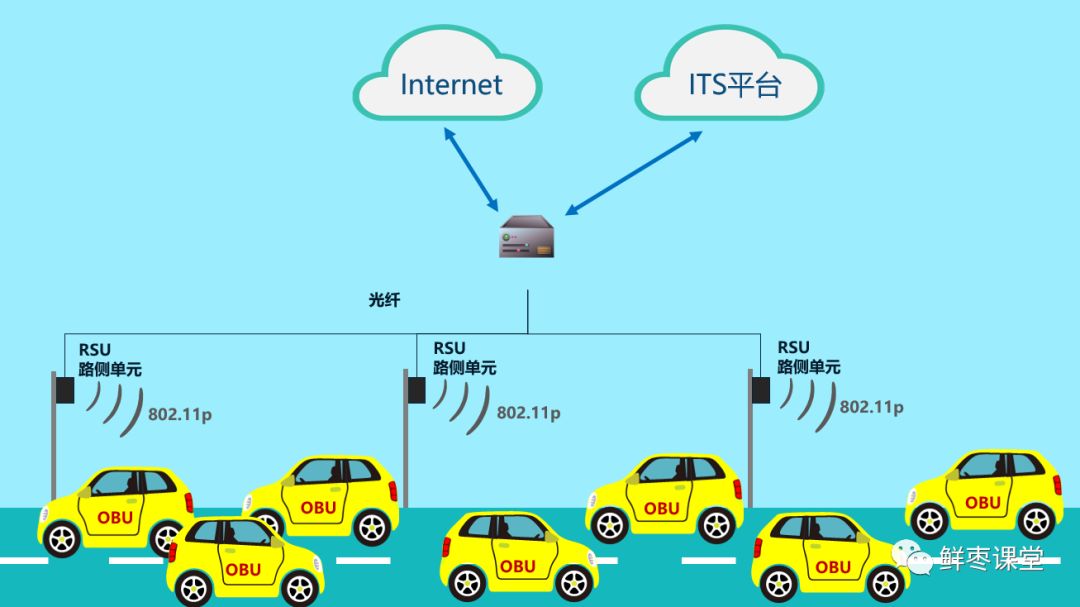
Working Principle of DSRC
RSU: Road Side Unit
OBU: On Board Unit
ITS: Intelligent Transport System
DSRC technology is similar to installing Wi-Fi on the roadside, allowing vehicles to communicate through this Wi-Fi.
From the name, we can see that “Dedicated Short Range Communication” is suitable for short-range communication. If the distance is long, reliability and other aspects will have issues.
So, what technology has a longer communication distance?
Of course, it is cellular mobile communication! That is, the mobile communication we use.
Entering the 21st century, cellular mobile communication has rapidly developed, with technological levels and industry ecosystems advancing swiftly. As a result, people began to research the use of cellular communication technology for vehicle networking communication.
What is the most mainstream cellular communication technology standard today? Of course, it is 4G LTE.
In September 2014, LG submitted a draft specification for LTE in V2X communication applications to 3GPP. In December of the same year, Ericsson submitted a draft specification for enhanced LTE D2D proximity services.
Subsequently, in 2015, 3GPP officially initiated the research on the standardization of LTE-V technology.
Quickly, by September 2016, 3GPP completed the establishment of the LTE-V2X standard in the R14 version.
It can be said that LTE-V is LTE customized for the Internet of Vehicles.
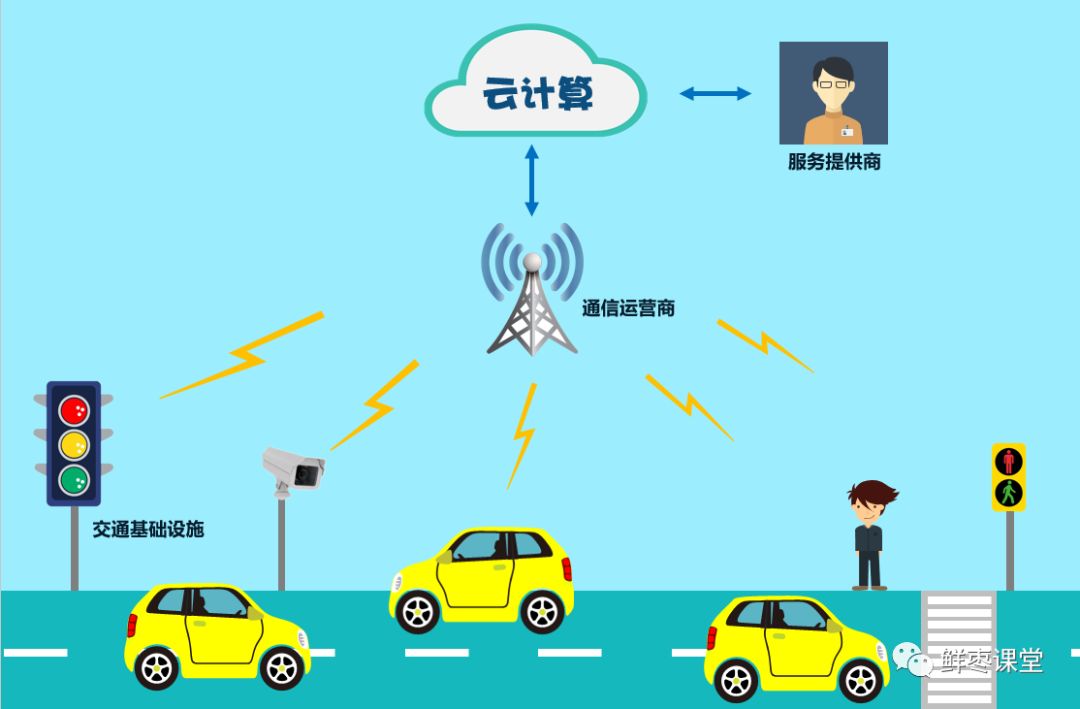
LTE-V relies on existing LTE base stations, avoiding duplication of construction, and it has a much longer working distance than DSRC, providing higher bandwidth, higher transmission rates, and greater coverage.
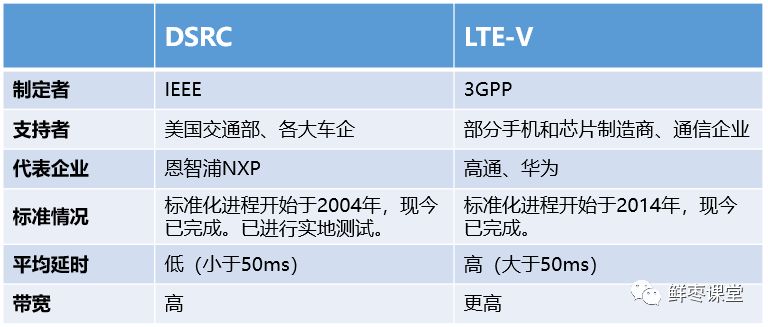
LTE-V technology includes centralized (LTE-V-Cell) and distributed (LTE-V-Direct) working modes. LTE-V-Cell requires a base station as a control center to achieve high bandwidth and wide coverage communication, while LTE-V-Direct can achieve reliable communication between vehicles and surrounding environment nodes without the need for a base station.
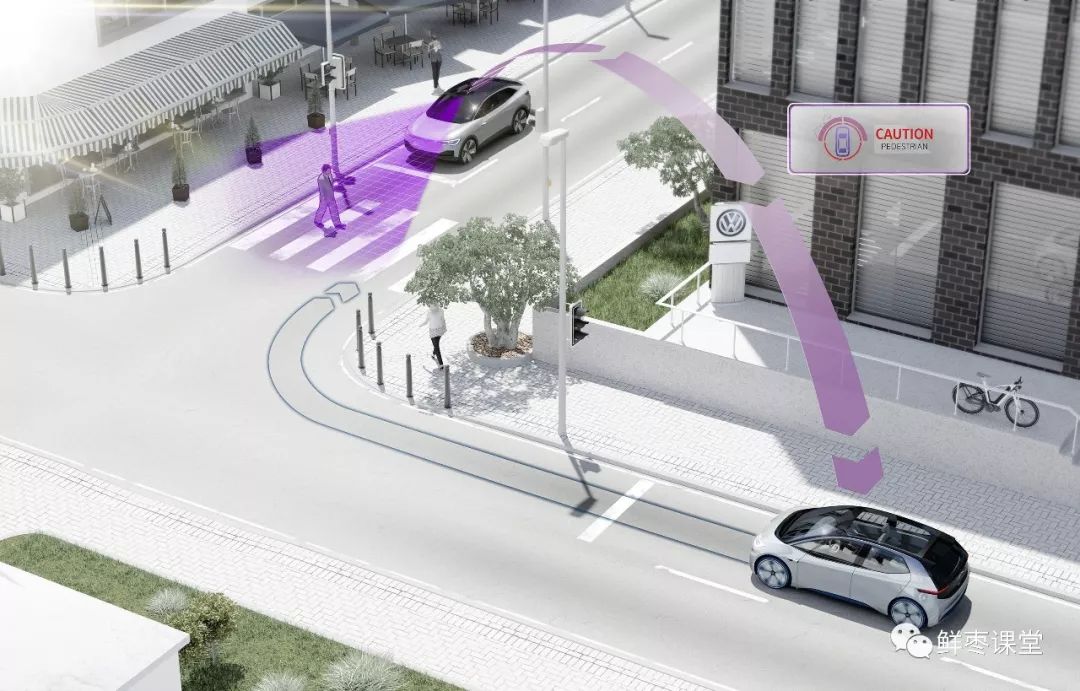
Vehicle-to-vehicle communication (V2V) allows timely reporting of road conditions and anomalies.
The competition between DSRC and LTE-V is intense, as both aim to become the mainstream vehicle networking communication standard. Currently, our country tends to adopt LTE-V.
Significance of the Internet of Vehicles
The Internet of Vehicles has been talked about for many years but has remained lukewarm. In fact, the problem lies in the external communication capabilities of vehicles.
Car manufacturers are good at making cars, and they can create a great in-vehicle network, but they cannot solve the problem of external communication capabilities. Internet companies excel at software, but without access to data, it is useless.
Therefore, before widely deployed IoT communication technologies mature, the Internet of Vehicles is unlikely to have substantial significance.
Now it’s different; with the capabilities of LTE-V, the bottleneck of external communication for vehicles is expected to be broken. The potential of the Internet of Vehicles may finally be fully unleashed.
First, vehicle data will be networked, and all information about the vehicle’s operating status will be transmitted to the cloud. Surrounding this information data are vast application scenarios.
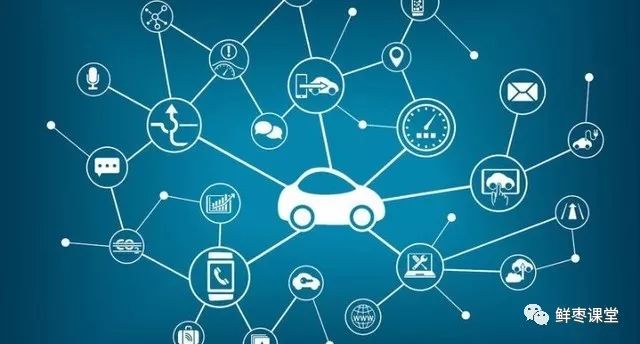
For example, if the vehicle runs out of fuel or battery, the cloud will inform the owner where the nearest gas station (charging station) is. If there is an anomaly in a certain component of the vehicle, the cloud will analyze it and inform the possible risks.
Not only can data be uploaded, but it can also be downloaded. Traffic navigation, congestion information, parking data, weather information, etc., can all be downloaded into the vehicle, and entertainment is just a piece of cake.
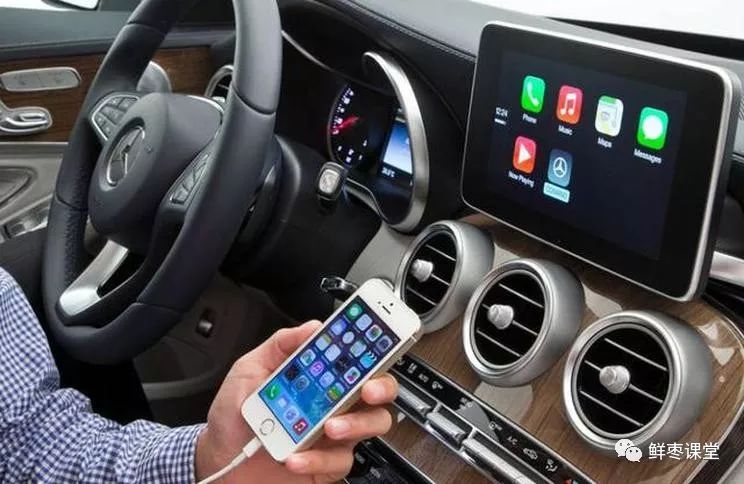
On top of these basic applications, with the support of massive cloud computing and communication capabilities, remote driving and even autonomous driving finally become possible.
Autonomous driving can be said to be the ultimate form of evolution for the Internet of Vehicles.
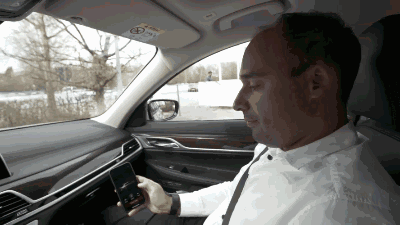
In autonomous driving, vehicles and various traffic infrastructure (such as traffic lights) are all connected to the network, and a powerful cloud computing system analyzes the traffic flow and congestion conditions of the entire city, planning paths for all vehicles on the roads and coordinating traffic to maximize the efficiency of urban transport. At the same time, it will significantly reduce the probability of traffic accidents.
Both Alibaba and Tencent have introduced the concept of “City Brain,” which is actually working towards this direction.
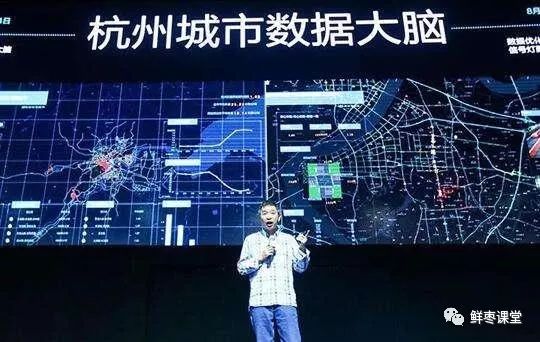
In simple terms, it is the computing power of computers replacing human brainpower.
In addition, combined with big data and artificial intelligence, analyzing the driving habits of car owners, analyzing the logistics needs of enterprises, and analyzing the flow patterns of urban traffic can uncover even greater business value.
In short, we are not connecting for the sake of connecting,but to obtain data. With the Internet of Vehicles, we have data. With data, combined with powerful computing capabilities, we have everything.
5G and the Internet of Vehicles
So, what is the relationship between the upcoming 5G and the Internet of Vehicles?
As mentioned earlier, LTE-V is still not powerful enough. When comparing LTE-V and DSRC, observant students may notice one indicator where LTE-V is inferior to DSRC: latency.
Latency in the Internet of Vehicles means life and death. Currently, the speed limit on highways is 120 km/h, which is about 33 meters per second. Even a one-second delay in braking can lead to a stopping distance of over 40 meters.
Therefore, to support remote driving or autonomous driving, the latency of this network must be in the single-digit millisecond (ms) range.
LTE cannot achieve this, but 5G, as an evolution of LTE, can. The latency of 5G can reach 1 ms, which is sufficient to meet the requirements.
LTE will evolve to 5G, and LTE-V will evolve to NR-V2X.
In addition to latency, 5G has many advantages that LTE does not possess—it has higher bandwidth, supports a larger number of connections, and supports higher mobile speeds.
Thus, it can be said that 5G is born for the Internet of Things.
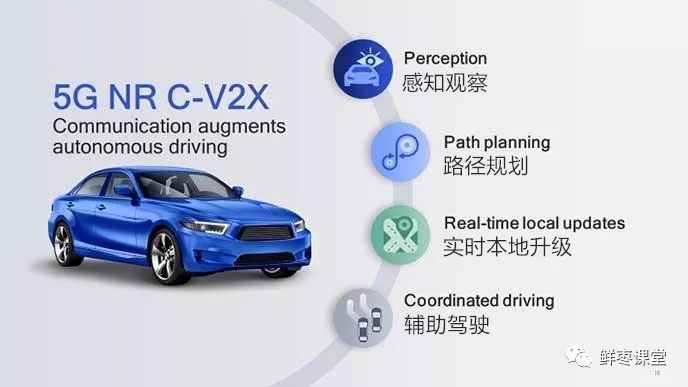
The relationship between 5G and the Internet of Vehicles can be simply summarized as interdependence.
Without 5G, the Internet of Vehicles would not be a true Internet of Vehicles. Without the Internet of Vehicles, 5G would lack a very important application, thus losing a source of investment and reducing its necessity, and its value would significantly decrease.
Currently, it seems that the Internet of Vehicles is the most important application scenario for 5G and is the most likely to ignite demand for 5G. Other IoT demands cannot form the scale and volume of the Internet of Vehicles, nor will they have the strong driving force of the Internet of Vehicles.
It can even be said that the Internet of Vehicles is the barometer for the rise and fall of 5G in the next five years.
Alright, that’s all for today’s introduction. If you want to learn more about 5G and the Internet of Things, you can browse the historical articles of Fresh Date Classroom.
Thank you all for your support!
